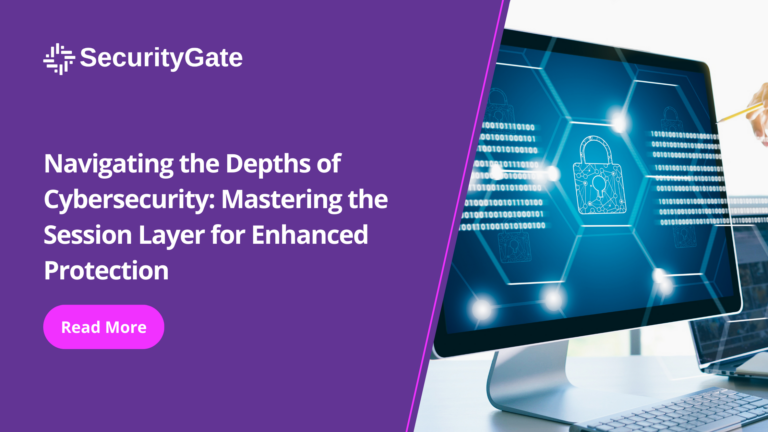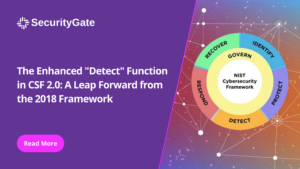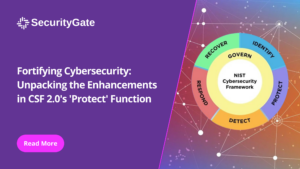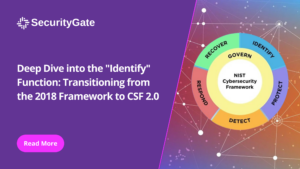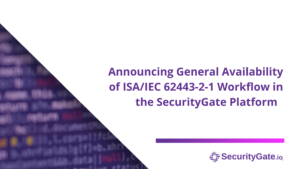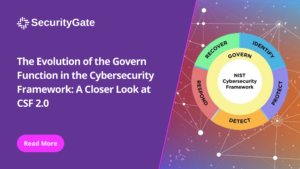In the constantly changing domain of digital security, it is essential for cybersecurity professionals to have a deep understanding of fundamental concepts. Today, I am going to discuss an aspect of the digital security system that is often overlooked – the session layer, which is the fifth layer of the OSI model. This layer plays a crucial role in ensuring secure communication across networks.
Imagine having a deep and personal conversation through a secure channel that guarantees the delivery and protection of your messages. This situation highlights the crucial function of the session layer in the digital realm. As the mediator between different applications on separate hosts, this layer efficiently manages the establishment, maintenance, and termination of communications, ensuring that data is exchanged securely and effectively.
The session layer‘s function refers to the era of manual switchboard operators, who established direct lines of communication with a simple plug-in action. Today, this layer adapts its role to a more complex environment, underpinning the reliability of every web application access and data request in the digital age while remaining unseen.
Yet, this power is a double-edged sword, with session hijacking exemplifying its vulnerabilities. This form of cyberattack, where unauthorized entities seize control of a session, exposes sensitive data such as banking information, personal logins, and more, underscoring the critical need for robust defenses.
Implementing strong security measures is paramount to mitigating such threats. Secure encryption protocols like SSL/TLS are essential for protecting data in transit, making it unintelligible to would-be interceptors. Virtual Private Networks (VPNs) further augment this security, creating a protected network that extends across the Internet, shielding your data from unauthorized observation.
The stakes are exceptionally high in operational technology (OT) environments, where systems like SCADA, which are crucial for controlling vital infrastructure, operate. Implementing stringent user access controls, multi-factor authentication, and robust password policies is indispensable for safeguarding these vital systems in such contexts.
The roles essential for securing the session layer encompass a broad spectrum of cybersecurity expertise. Security analysts stand at the forefront, with their deep understanding of vulnerabilities and defensive tactics crucial for thwarting threats like session hijacking. Access Control Specialists ensure that data and system access is judiciously managed, while User ID Management experts devise authentication processes that block unauthorized entry. Encryption Experts are the custodians of secure communication, and the application of Multi-Factor Authentication (MFA) by cybersecurity professionals adds a layer of verification, solidifying the security framework.
It’s essential to educate cybersecurity professionals about the intricacies of the session layer. Understanding this layer is not only a defensive measure but also a journey towards a comprehensive understanding of our digital ecosystem’s interconnectivity. As we continue to explore the OSI model, I encourage my peers to learn about the mechanics of each layer. This knowledge is crucial for ensuring our collective security.
Keep an eye out for my next investigation into the OSI model‘s sixth layer as I continue to unravel the intricacies of this digital landscape. Until then, stay alert and informed, because through awareness, we build our strongest defense against future cyber threats.
